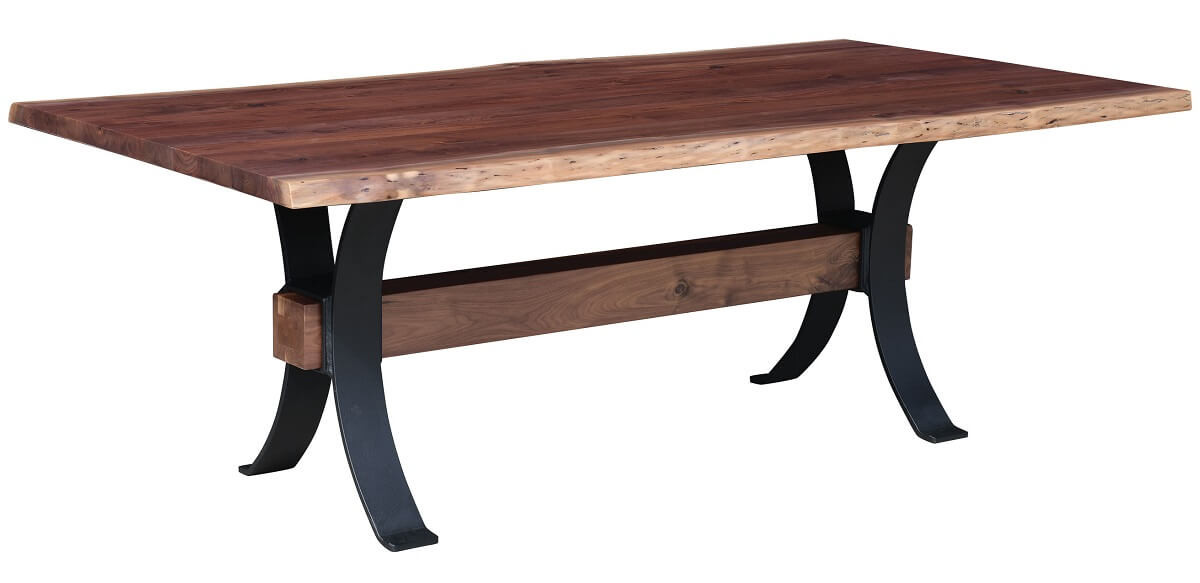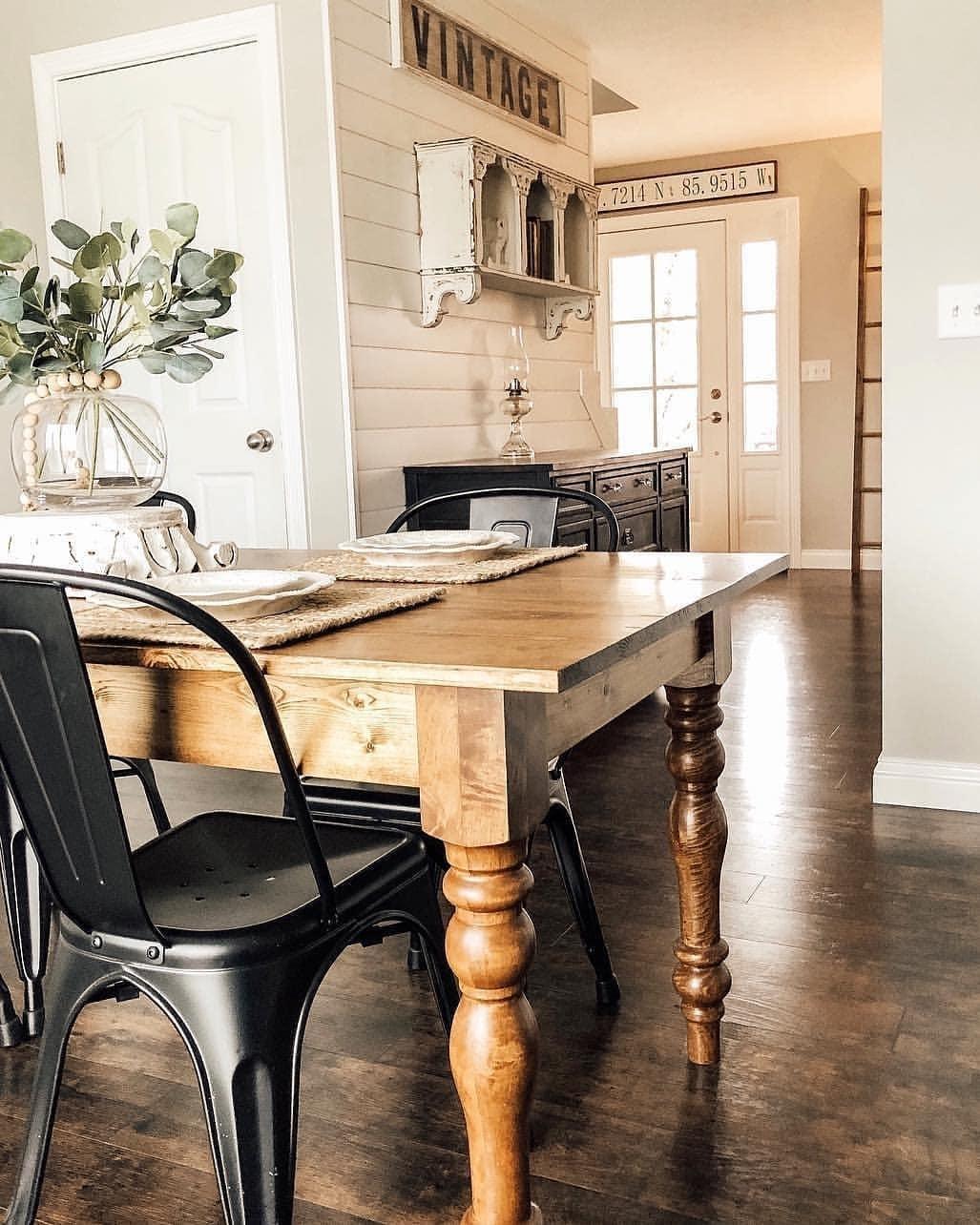From Standard to Modern: Find the Perfect Dining-room Table Legs for Your Style
While traditional designs such as cabriole and transformed legs stimulate a sense of classic sophistication, contemporary designs like hairpin and geometric alternatives present a chance for striking aesthetic interest. As you consider these components, the question stays: just how can you flawlessly incorporate these varied leg designs to create an unified eating experience?
Comprehending Table Leg Styles
The range of eating area table leg designs can considerably influence both the aesthetics and functionality of the area. Each leg design adds one-of-a-kind functional functions and visual elements, accommodating varied style preferences and usage needs. Comprehending these styles is important for choosing the best table that lines up with your general interior design vision.
For circumstances, conical legs offer a clean, classic appearance that can improve a room's sophistication, while stand bases supply stability and optimize legroom, making them suitable for smaller sized areas. Hairpin legs, a trademark of mid-century modern-day design, present a commercial style, enabling an airy, open feeling. Similarly, trestle legs evoke rustic appeal, offering durable support and a feeling of eternity.
Additionally, the selection of materials plays a substantial function. Wooden legs can bring warmth and texture, whereas metal choices typically convey a sleek, modern vibe. Eventually, recognizing table leg styles is necessary for creating a natural dining area that reflects personal design while guaranteeing practicality and convenience. By thoughtfully thinking about these components, you can boost both the aesthetic and practical allure of your eating room.
Typical Table Leg Options
When choosing dining area table legs, traditional options commonly symbolize classic elegance and craftsmanship. These designs show a rich heritage and a dedication to quality, making them optimal for those that value timeless aesthetics.
One of the most renowned conventional leg designs is the cabriole leg, defined by its elegant bent form. This layout typically includes ornamental carvings and is most frequently discovered in Queen Anne and Chippendale furnishings. One more prominent choice is the turned leg, which boasts a collection of smooth, rounded forms that supply a classic look while maintaining stability.
Moreover, the straight leg, while basic, uses a basic and strong structure that can blend seamlessly with a selection of tabletop designs. For those drawn to ornate outlining, claw-and-ball feet legs evoke a sense of splendour and can serve as a spectacular centerpiece in any kind of dining space.
Lastly, stand bases, although not strictly legs, provide an alternate standard option that permits enough legroom and can be magnificently sculpted. Each of these typical leg designs adds to the total atmosphere of an eating room, weding function with visual charm.

Modern Table Leg Layouts
Modern table leg styles supply a varied series of designs that highlight tidy lines and ingenious products. These designs usually focus on performance while working as striking prime focus within an eating area. Minimal appearances prevail, with legs crafted from materials such as metal, glass, and crafted wood, which contribute to a airy and contemporary feel.
One preferred design is the barrette leg, defined by its slim, conical structure that supplies security without overwhelming the tabletop (dining room table legs). This design is often discovered in mid-century modern-day furniture and can easily complement various table forms. An additional pattern is making use of geometric forms, where legs might tackle asymmetrical or angular types, adding visual rate of interest and a touch of virtuosity

Blending Styles for Unique Spaces
Typically, homeowners seek to create special dining areas that show their individual style by blending various layout components. This technique permits the consolidation of diverse looks, leading to a harmonious yet distinct setting. For instance, coupling a rustic wood table with sleek, modern-day steel legs can create an eye-catching contrast that elevates the area's general appeal.
Furthermore, integrating vintage table legs with modern tabletops can stimulate a feeling of history while preserving a modern perceptiveness. Such combinations not only display individual preference however additionally encourage imagination, permitting property owners to curate a space that really feels both personal and inviting.
Shade plays a critical function in this mixing process; selecting table legs that complement or contrast with the existing color system can improve visual rate of interest. For instance, whitewashed legs can soften the boldness of a dark table surface, creating a balanced visual.
Tips for Picking the Right Legs
Selecting the right table legs is crucial for achieving both performance and aesthetic charm in your dining area. Begin by taking description into consideration the overall style of your space. Conventional settings take advantage of legs that include intricate carvings or turned designs, while contemporary rooms may call for smooth, minimalist designs.
Following, assess the height and stability of the legs. dining room table legs. Common eating tables range in between 28 to 30 inches in elevation, so ensure the legs complement this measurement for comfort. In addition, durable products, such as wood or metal, can enhance stability and durability
Examine the leg form too-- alternatives consist of straight, tapered, or pedestal designs. Straight legs provide a traditional look, while tapered legs can add a touch of style. Pedestal bases give ample legroom and are perfect for smaller spaces.
Conclusion
In summary, choosing the optimal dining room table legs requires careful factor to consider of both conventional and modern-day designs. Standard choices such as cabriole and turned legs provide timeless sophistication, while modern-day styles like hairpin and geometric shapes supply a contemporary touch. By balancing leg design, elevation, and product with the overall decor, a natural and welcoming environment can be attained. Inevitably, the selected table legs should mirror the wanted aesthetic, improving the dining experience within the room.
The range of dining room table leg designs can considerably affect both the aesthetics and capability of the space. Inevitably, comprehending table leg styles is necessary for creating a natural dining location that reflects individual design while guaranteeing usefulness and comfort.One of the most famous conventional leg designs is the cabriole leg, defined by its elegant curved shape. Straight legs supply a timeless appearance, while conical legs can add a touch of sophistication.In summary, choosing the excellent eating area table legs needs cautious factor to consider of both standard and modern designs.